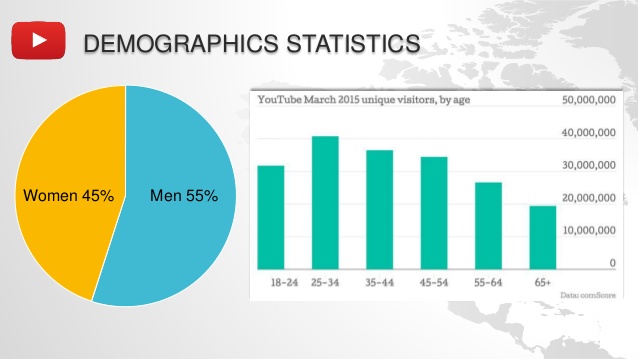When it comes to serving ads and targeting specific audiences, there is no better platform than Facebook. The ability to target new audiences by interests and lookalike audiences, and retargeting them through custom audiences, is second to none.
In my eyes, Google is far behind Facebook in terms of how to reach audiences; however, earlier this year Google launched search-based targeting which allows businesses greater control over who they target.
In this article I’ll discuss search-based targeting and what it means for businesses.
What is search-based targeting?
Google has several platforms such as Chrome, Gmail, Maps, Google Store, and more.
Google is now collecting data from all of its services and allowing advertisers to target users on YouTube based on products and services they have searched for or shown interest in on a number of their services.
For example, if a user has searched for flights to London on Google, then by creating a keyword list within YouTube ads you could serve that user a specific ad the next time they are on YouTube.
If the user searched for a specific store on Google maps, advertisers can use that data to serve them messages on YouTube.
In the past, advertisers have had trouble reaching the right audience due to a lack of data and often had to take a ‘carpet-bomb’ approach by targeting large audiences hoping their ideal customer was there.
Google is taking the best of what it does with search, maps, and some of their apps and is taking that data and applying it to its TV-like object, which is Google Preferred. “It’s smart,” said Susan Schiekofer, GroupM’s chief digital investment officer (source).
Is this useful for e-commerce?
The ability to target audiences through keywords is not possible on Facebook as it’s not really a platform that people search on.
YouTube’s search-based targeting is going to be useful to reach new audiences and get your products across.
For example, if you have a food subscription service, you can use keyword lists such as ‘paleo,’ ‘vegan,’ and ‘ketosis’ to reach audiences who have recently searched for these terms on Google.
The same applies to product names and generic searches such as ‘laptops,’ ‘tennis rackets,’ and ‘men’s shirts.’
YouTube’s user demographic is much younger than Facebook’s, with the platform reaching more 18-34 year olds than Cable TV.

That’s something to keep in mind, as younger audiences have lower disposable income and are less likely to take action.
Are you on YouTube?
YouTube receives over one billion active users each month and is no doubt a great place to find new customers. While I don’t think its targeting is up there with Facebook’s just yet, as TV and gaming continues to move online, businesses will certainly want to experience running ads on YouTube to understand how these types of audiences think and react for the future.
Have you tried YouTube’s search-based targeting yet? What do you think of it?